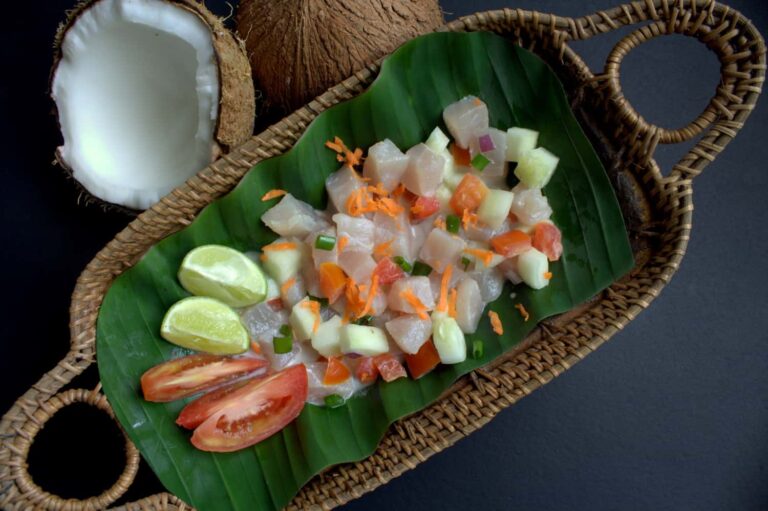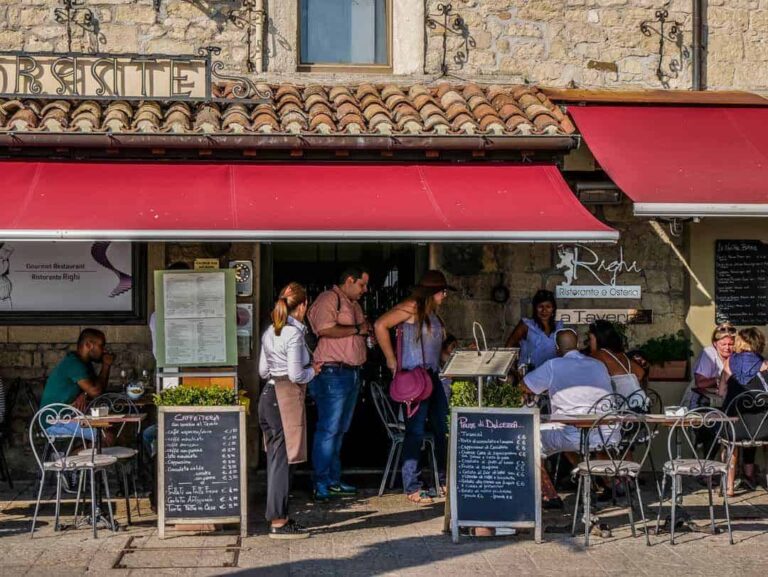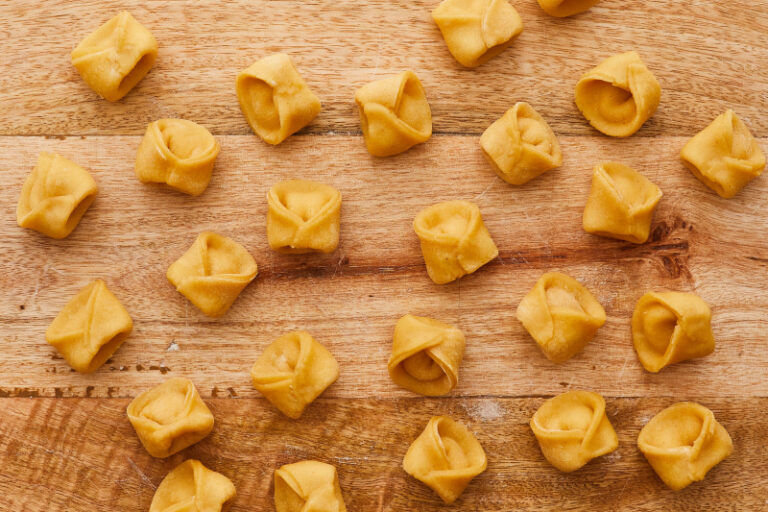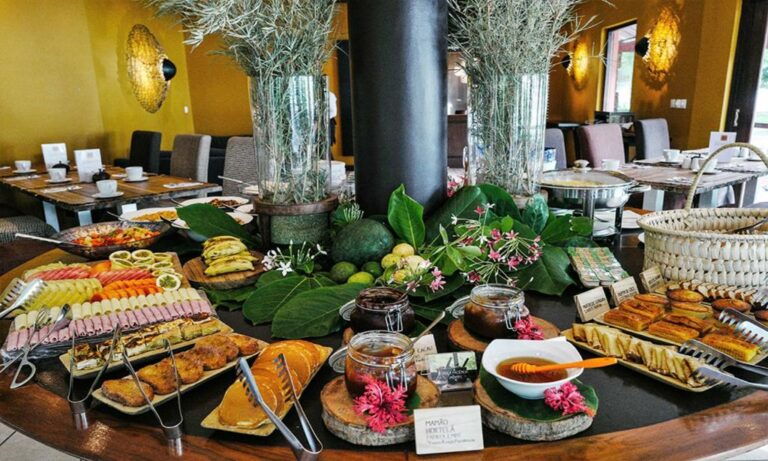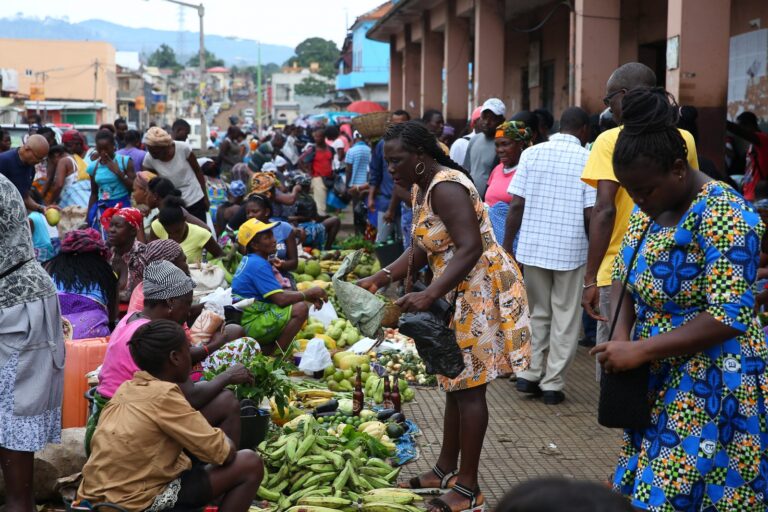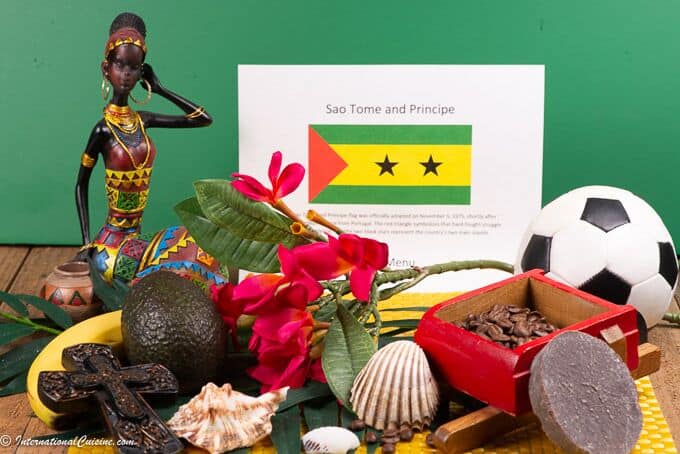Introduction to Samoan cuisine
Samoan cuisine is heavily influenced by its Polynesian roots and the availability of local produce. The cuisine has a strong emphasis on fresh and natural ingredients, with a focus on plant-based foods such as taro, coconut, and seafood. Samoan cuisine is steeped in tradition and history, and it plays an important role in the country’s cultural identity. The cuisine is known for its rich flavors, bold spices, and unique cooking techniques.
Taro, the staple food of Samoa
Taro is the most important and widely consumed crop in Samoa, and it plays a crucial role in the country’s cuisine. Taro is a starchy root vegetable that is often used as a substitute for potatoes or rice. It is a versatile ingredient that can be boiled, baked, fried, or mashed. Taro is a rich source of fiber, vitamins, and minerals, and it is a staple in many traditional Samoan dishes such as palusami (taro leaves cooked in coconut cream) and talo (boiled taro served with coconut cream).
Coconut, the versatile ingredient
Coconut is another essential ingredient in Samoan cuisine. It is used in a variety of dishes and is an important source of fat and flavor. Coconut milk and cream are commonly used in curries, stews, and soups, while grated coconut is used in desserts such as fa’ausi (sweet coconut dumplings) and keke pua’a (piggy coconut cake). Coconut oil is also used for cooking, and the coconut tree itself is highly valued for its many uses, including as a building material and a source of medicine.
Seafood, the protein source
Seafood is a key protein source in Samoan cuisine, and it is often prepared in traditional ways such as steaming or grilling over an open flame. Popular seafood dishes in Samoa include ika (raw fish marinated in lemon juice and coconut cream), oka (raw fish salad with onions and chili peppers), and palolo (a type of sea worm that is harvested from the reef and eaten raw or cooked). Samoans also take advantage of their proximity to the ocean and the abundance of seafood by fishing for their own food.
Traditional Samoan dishes with taro, coconut, and seafood
Traditional Samoan dishes often feature a combination of taro, coconut, and seafood. One popular dish is palusami, which is made by wrapping taro leaves around corned beef or octopus and cooking it in coconut cream. Another popular dish is lupulu, which is similar to palusami but uses chicken or corned beef instead of octopus. Fa’alifu taro is another traditional dish that is made by simmering taro in coconut cream and serving it with a variety of meats or seafood.
Modern twists on Samoan cuisine
In recent years, Samoan cuisine has seen a resurgence in popularity, with chefs adding their own modern twists to traditional dishes. Some modern dishes include palusami pizza, which uses palusami as a topping, and coconut crusted fish, which is a fusion of traditional Samoan and Western cuisine. Chefs are also experimenting with new ingredients and techniques while still honoring the traditional flavors and culture of Samoan cuisine.

